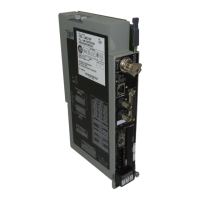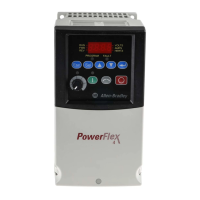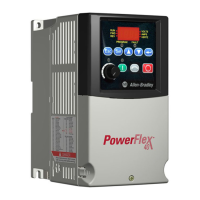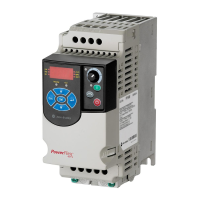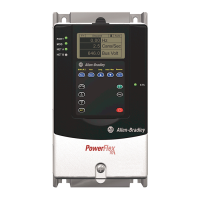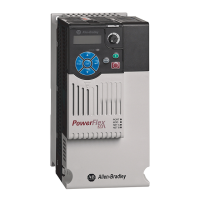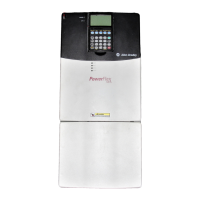Publication 1785-UM012D-EN-P - July 2005
13-2 Programming Considerations
With the controller-resident local rack set for 1/2-slot addressing, you cannot
force the input bits for the upper word of any slot that is empty or that has an
8-point or 16-point I/O module. For example, if you have an 8-point or a
16-point I/O module in the first slot of your local rack (words 0 and 1 of the
I/O image table, 1/2-slot addressing), you cannot force the input bits for word
1 (I:001) on or off.
You can’t force:
• output addresses on input instructions
• input addresses on output instructions
• other bit addresses other than inputs and outputs, such as N, B, T, C, etc.
addresses
Forcing SFC Transitions
When you monitor an SFC through your programming software, you can
force transitions on or off. This lets you override the flow of your SFC for
troubleshooting purposes.
Extended Forcing
Extended forcing is useful when using the 1771-SDN module because it
allows you to force discrete I/O on a DeviceNet network. Extended forcing is
also useful for forcing analog I/O. With series E, revision B and later
Enhanced, Ethernet, and ControlNet PLC-5 controllers, you gain the
capability to force a total of 1,024 block-transfer data words. These words can
be either integer, binary, ASCII, or hexadecimal/BCD data type.
To use the extended forcing feature, you select the block-transfer files that
contain words or bits you want to force. You then use your programming
software to enter this data along with the associated force values in the
extended force configuration table. Once you do this, you can force all data
you send or receive via block-transfer instructions.
Extended forcing works with the following block-transfer instructions:
• block-transfer read (BTR)
• block-transfer write (BTW)
• 1771 read command type of the CIO instruction
• 1771 write command type of the CIO instructions
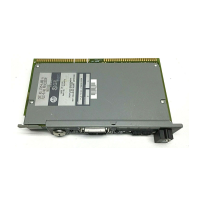
